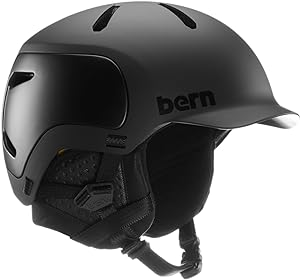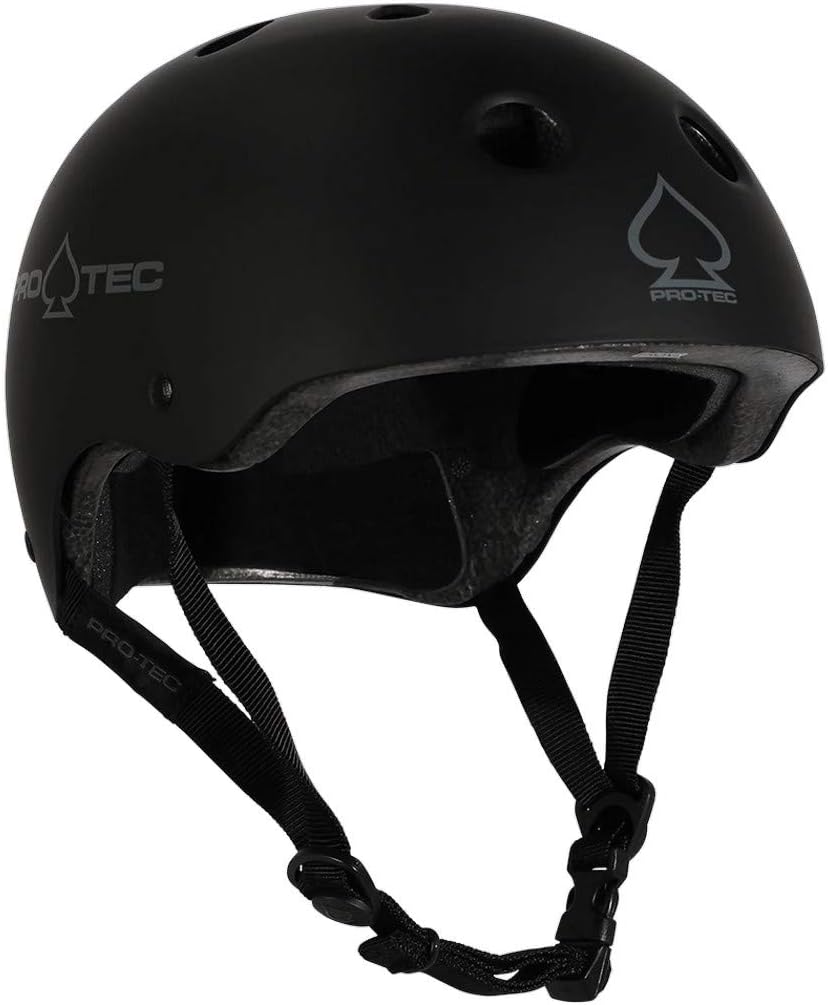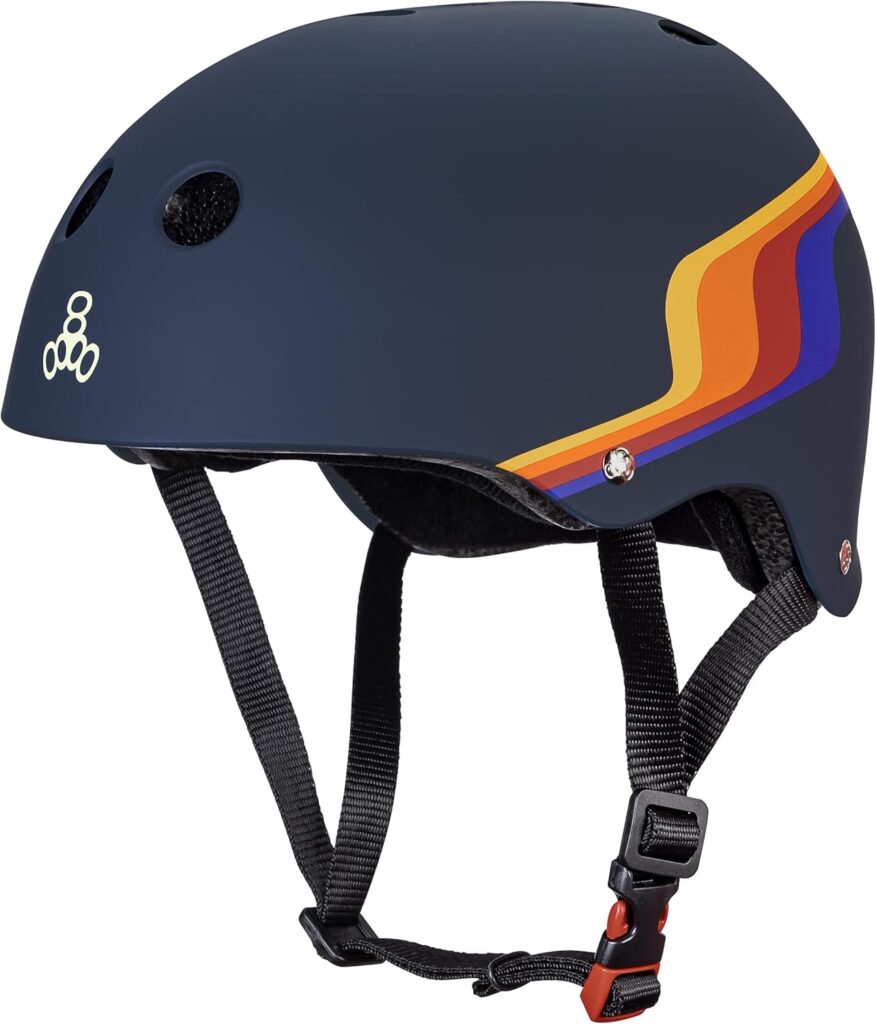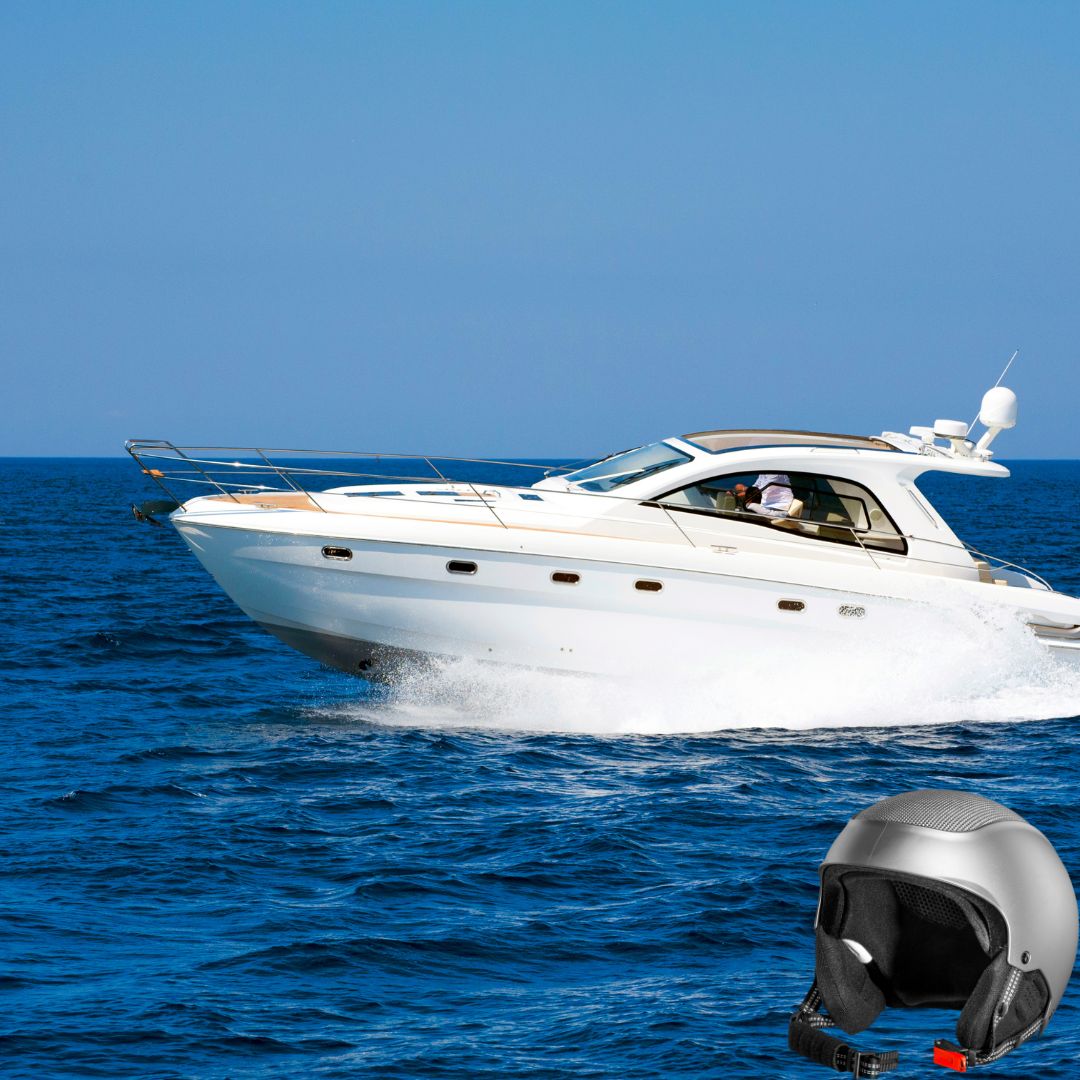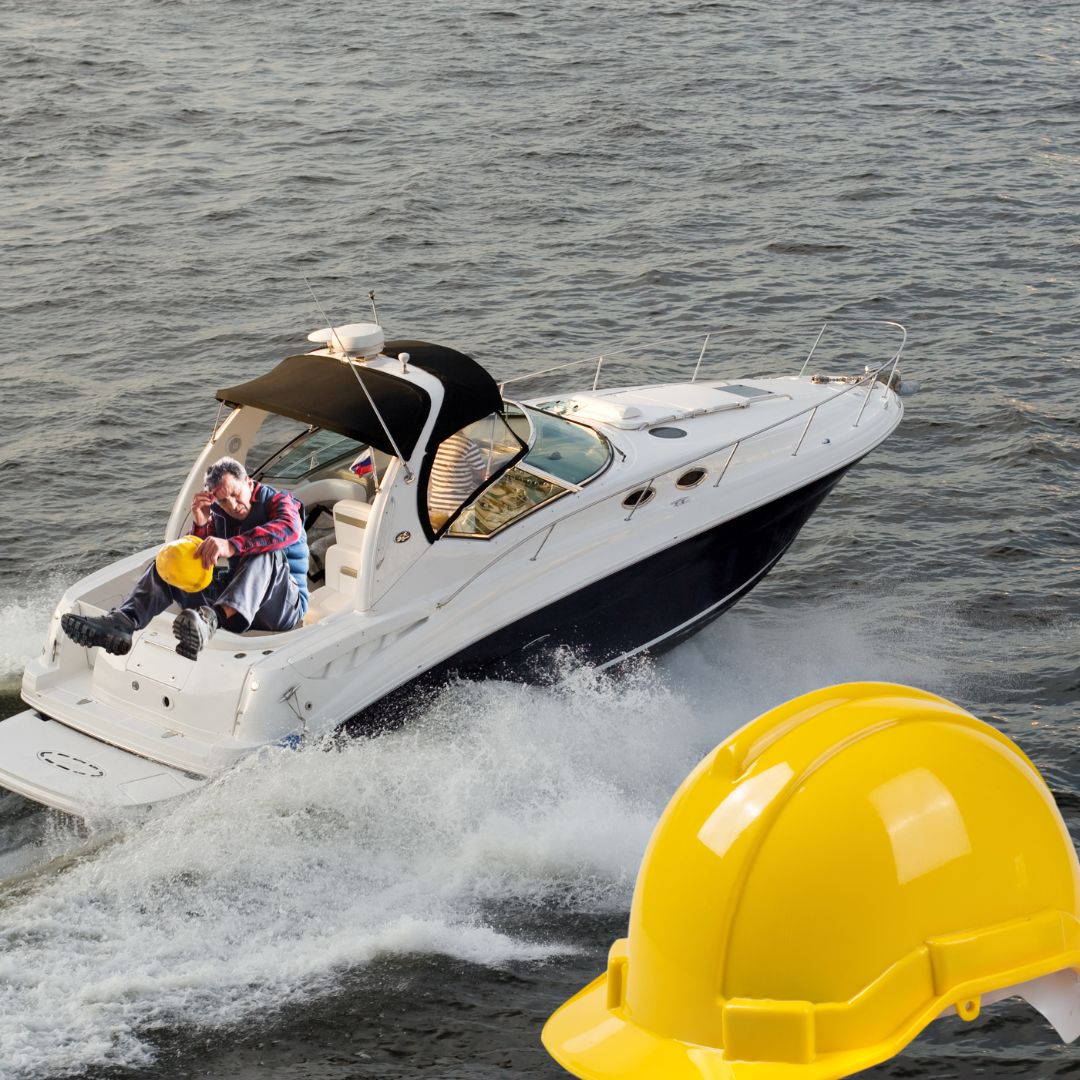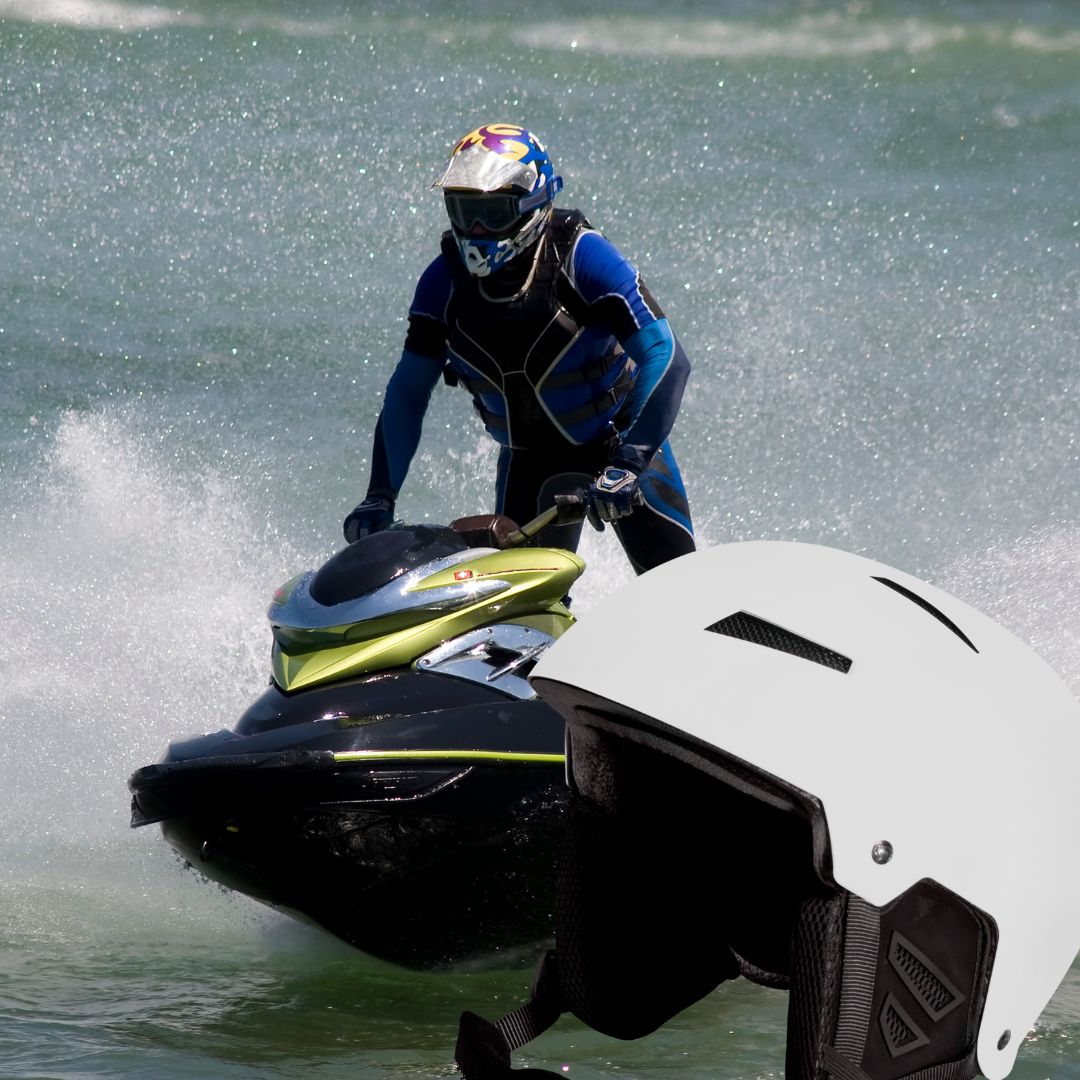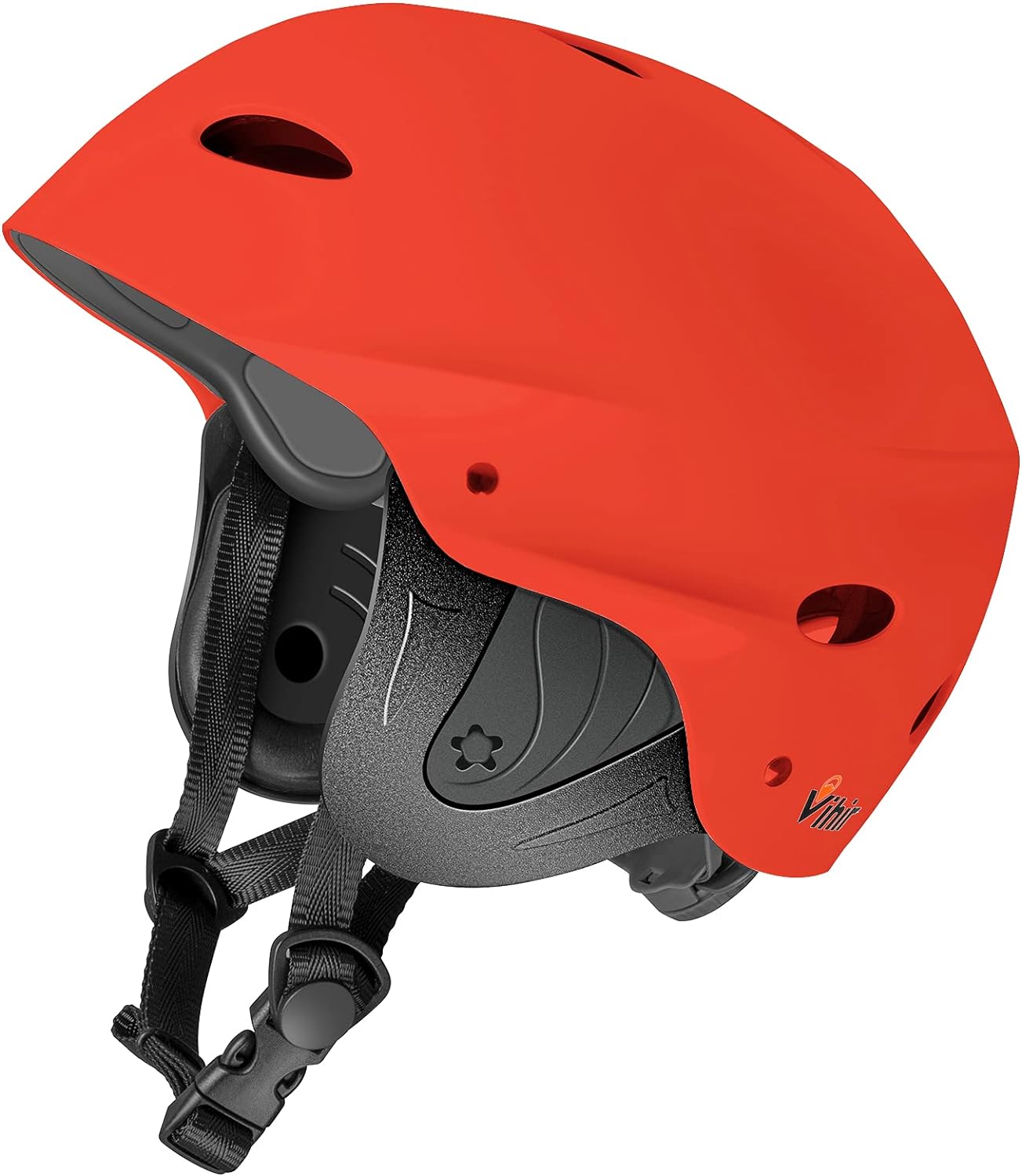What Safety Codes Must A Watersports Helmet Have
Let’s be real—when you hear the phrase “What safety codes must a watersports helmet have,” it might sound like you’re about to dive into a manual for assembling an IKEA dresser.
But don’t worry, I promise it’s not that complicated. Unlike those pesky IKEA instructions, understanding helmet safety codes is something you can actually get through without needing a second cup of coffee.
And it’s crucial if you’re planning to hit the water and want to keep that noggin of yours safe.
What Safety Codes Must A Watersports Helmet Have – Why Are Safety Codes So Important?
When you’re out on the water, safety is non-negotiable. Whether you’re wakeboarding, kayaking, or jet skiing, a helmet is your first line of defense. But not just any helmet will do—you need one that meets specific safety standards.
Picture this: You’re out there carving up the waves, having the time of your life. The last thing you want to think about is whether your helmet is actually going to protect you if things go sideways. That’s where safety codes come in.
These aren’t just random numbers slapped onto a product—they’re like a stamp of approval that tells you, “Hey, this helmet can take a hit.”
So, what safety codes must a watersports helmet have? These codes ensure that your helmet isn’t just a stylish accessory but a critical piece of safety gear that’s been rigorously tested. Let’s break down what you need to know.
The Essential Safety Codes You Should Know About
Here’s the scoop on the most important safety standards you should be looking for in a watersports helmet:
1. CE EN 1385
This is a big one, especially if you’re into whitewater sports like kayaking. The CE EN 1385 standard is a European certification that tells you your helmet can handle the rough and tumble of whitewater adventures.
It’s been tested for things like impact resistance and durability, even in salty water conditions. If you’re asking “What safety codes must a watersports helmet have,” this should definitely be on your radar.
2. ASTM F1492-15
Heading over to the U.S., the ASTM F1492-15 is a standard you’ll see on helmets for high-impact sports, including wakeboarding and kite surfing. Helmets with this certification can handle both sharp and blunt impacts, making them a solid choice if you like your watersports with a side of adrenaline.
3. CE EN 1077
Now, this one’s primarily for snow sports, but don’t dismiss it just yet. If you’re into activities like wakeboarding where there’s a chance you might hit a hard surface, helmets with the CE EN 1077 certification are worth considering. They’re built to absorb serious shocks.
4. SNELL N-94
This one is less common in watersports, but it’s still worth a mention. The SNELL N-94 standard is more often seen in motorsports and cycling, but if you’re all about high speeds on the water, a helmet that meets this standard could offer some extra peace of mind.
How to Make Sure Your Helmet Meets Safety Standards
Alright, so you know “what safety codes must a watersports helmet have,” but how do you make sure your helmet actually meets these standards? Here’s a quick checklist:
1. Check the Label
First things first—look inside the helmet. There should be a label listing the safety standards it meets. If you see CE EN 1385, ASTM F1492-15, or CE EN 1077, you’re in good shape. If you can’t find any mention of safety standards, it’s probably best to steer clear.
2. Do a Little Research on the Brand
Not all helmets are created equal, and some brands have a better track record than others when it comes to safety. A quick Google search can tell you a lot about a manufacturer’s reputation. It’s worth the extra few minutes.
3. Look for Third-Party Testing
Some helmets go through additional third-party testing, which is usually more stringent than the basic requirements. If a helmet has passed these tests, it’s generally a good sign that you’re getting a quality product.
Watersports Helmets Regional Differences
Here’s something you might not have thought about: safety standards can vary depending on where you are. So, if you’re shopping for a helmet outside of your home country, make sure you’re familiar with the local standards.
1. Europe
In Europe, the CE EN 1385 certification is king when it comes to watersports helmets. The CE mark means the helmet meets EU safety, health, and environmental protection standards.
2. United States
In the U.S., ASTM standards like F1492-15 are the ones to look out for. Helmets that meet CPSC standards (that’s the Consumer Product Safety Commission) are also a safe bet.
3. Australia
Australia has its own set of safety standards, like AS/NZS 2063 for bicycle helmets, which can sometimes apply to watersports helmets too. Checking for these local certifications will ensure you’re up to code.
What Are Some of the Best Watersports Helmets
Now that you’ve got a handle on “what safety codes must a watersports helmet have,” let’s talk about some of the best options out there. Because let’s face it, no one wants to spend hours searching when you could be out on the water.
The Bern Watts H2O is a go-to for wakeboarders. It’s got that CE EN 1385 certification, so you know it’s solid. Plus, it’s designed specifically for watersports, with a hard-shell ABS exterior and a soft, water-resistant liner.
This helmet meets the CE EN 1385 and ASTM F1492 standards and is known for its comfort and durability. Whether you’re kayaking or kite surfing, this helmet has got you covered.
3. Triple Eight Sweatsaver Halo Water
If you want a helmet that’s as stylish as it is safe, the Triple Eight Sweatsaver Halo Water is a winner. It meets both CE EN 1385 and ASTM F1492-15 standards, so you can look good while staying protected.
And if you want to dive deeper into the options, check out our article on “The Best Watersports Helmets.” We’ve done all the hard work for you, rounding up the top picks to suit every budget and style.
The Perks of Choosing a Certified Helmet
So, why go through all this trouble? Well, aside from keeping your brain where it belongs, there are a few other benefits to choosing a helmet that meets the right safety codes:
1. It’s Built to Last
Helmets that meet strict safety standards are usually more durable, so they’ll stand up to wear and tear better than cheaper, uncertified options.
2. It’ll Fit Like a Glove
High-quality helmets often come with adjustable fit systems, ensuring the helmet stays put during all your water-based antics. A good fit isn’t just about comfort—it’s about safety too.
3. You’ll Feel More Confident
Knowing your helmet meets the necessary safety codes means you can focus on having fun, without worrying about what might happen if you take a spill. Confidence on the water makes all the difference.
READ ALSO: 6 Best Boating Helmet
The Bottom Line on What Safety Codes Must A Watersports Helmet Have
Understanding “what safety codes must a watersports helmet have” doesn’t have to be a head-scratcher. By familiarizing yourself with the key standards – like CE EN 1385, ASTM F1492-15, and CE EN 1077 – you can make an informed decision that keeps you safe while you’re out there enjoying the water.
So, next time you’re shopping for a watersports helmet, remember to check the labels, do a bit of research on the brand, and consider the regional safety codes. And if you’re still on the fence, don’t forget to check out our guide to “The Best Watersports Helmets.”
